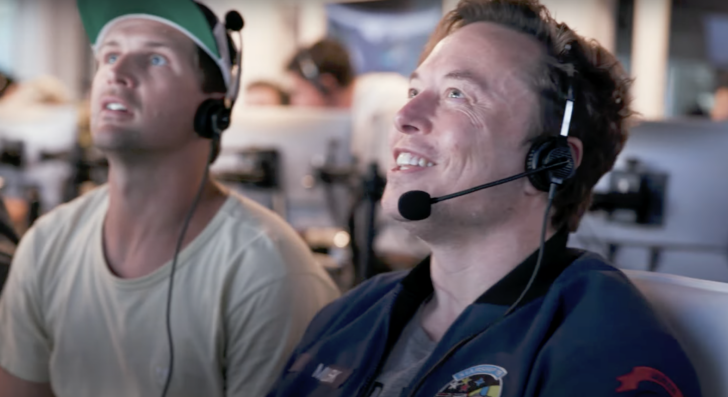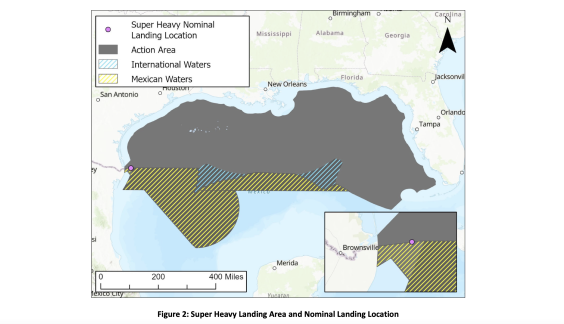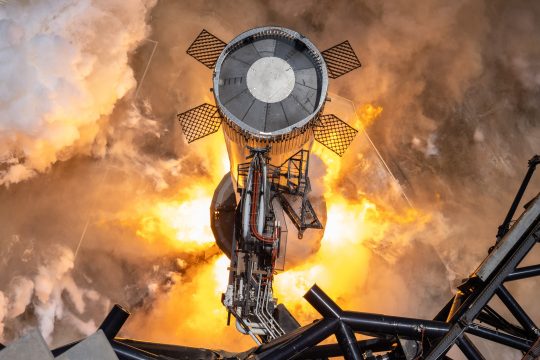
This is not investment advice. The author has no position in any of the stocks mentioned. Wccftech.com has a disclosure and ethics policy.
After considerable hype, SpaceX has received the launch license for its Starship test flight two and just like the first grant, the second license approval is limited to a single launch. It also comes with significant changes and requires SpaceX to work with the Fish and Wildlife Services (FWS) to monitor its launch site and the surrounding area for potential contamination. The FAA's written revaluation of SpaceX's Starship environmental approval also reveals that Starship will no longer be fully reusable for the period at least since SpaceX will discard the hot staging ring in the ocean and not recover it after the flight.
SpaceX Required To Monitor Run-Off From Deluge System As Part Of Starship Launch Approval
The FAA shared approval details with the press late in the evening yesterday after an initial version of the document appeared on its website. In its water deluge system evaluation, the government agency shared that using such a system is common practice in the industry. It added that some of the features of the system improve the launch pad's suitability to the environment, and as part of the approval, SpaceX will have to monitor the surrounding site to ensure no contamination.
A key concern for the FWS officials when evaluating the deluge system was the amount of steel runoff. SpaceX's system is designed to release a maximum of 380,000 gallons of water into the surrounding area, and 3,000 additional gallons are part of a detonation system designed to prevent any accidents at the launch site due to methane buildup. A similar buildup led to a large fireball at the base of a Super Heavy booster during testing last year.
Since the steel plate of the deluge system is bearing the brunt of the thrust 33 Raptor 2 rocket engines, some of its steel will ablate. Ablation is a process similar to erosion, and SpaceX estimates that up to 190 pounds of steel could be ablated from the plate per launch.


The FAA and FWS have determined that the steel runoff does not indicate a significant threat to the environment, and since Starship uses methane and liquid oxygen as its propellants, the overall metal runoff from the rocket is significantly lower than other rockets, particularly those that rely on solid boosters. The booster rockets used metallic fuels, and the FAA cited previous studies of NASA's facilities to share that the runoff there did not damage the environment.
Another Starship upgrade that the FAA evaluated is the heatshield for the hot staging interstage ring. SpaceX will install a heatshield at the top of its first stage Super Heavy booster, and the FAA's revaluation shares that this will be discarded in the ocean after launch. Starship had been designed to be fully reusable, and now, SpaceX's planned launch profile should require adding a heatshield to the rocket each time it launches. SpaceX's Starship launch coverage is also live on its website, and it asserts that the rocket is designed to be fully reusable.
To secure the FWS's write off, SpaceX will have to monitor its site aerially for any runoff and also develop a contaminant monitoring plan within three months. Additionally, the firm will have to continually monitor soil samples from the area to ensure that successive launches do not lead to any metallic accumulation in the surrounding area.
Finally, the Starship launch license, which is conditional to all these conditions being met, also requires SpaceX to earmark $548 million in insurance coverage for the pre-flight testing activities and the launch itself. Within this figure, the bulk, or $500 million, is for the rocket launch, while the remainder is for the ground operations.


 DogeHome
DogeHome The Bit Journal
The Bit Journal BlockchainReporter
BlockchainReporter Optimisus
Optimisus CFN
CFN Coincu
Coincu Cryptopolitan_News
Cryptopolitan_News






















